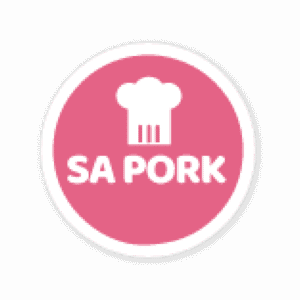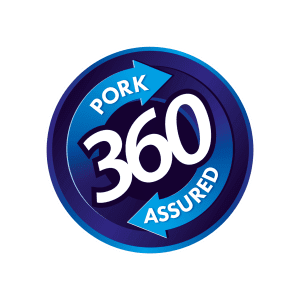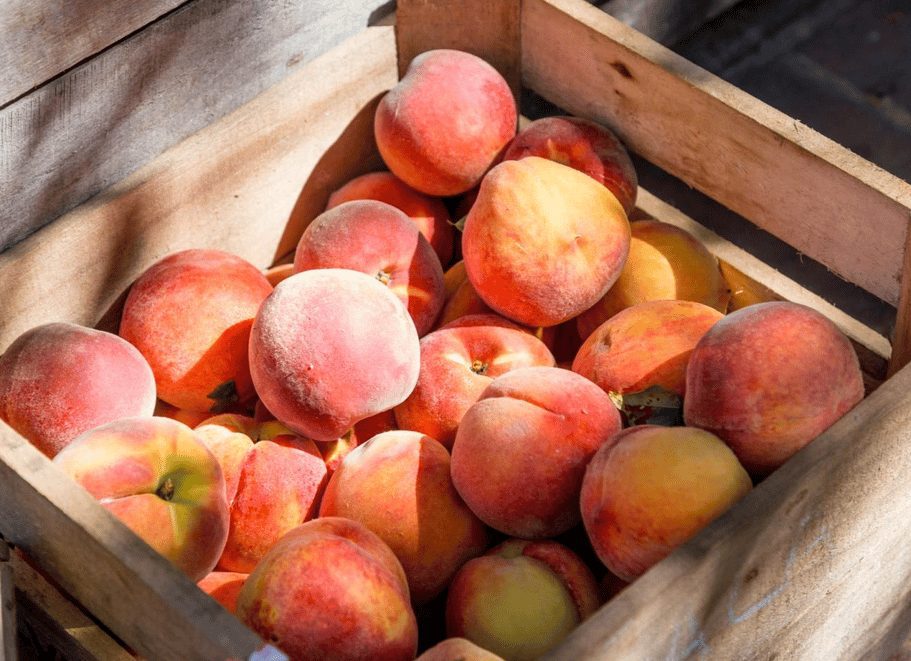Source: Nick Giordano, Farm Journal’s Pork, 19 February 2021, photo credit: Triple Pundit
There are myriad challenges facing US agriculture today due to the COVID-19 pandemic, but the highest priorities are maintaining the continuity of the nation’s food system while preserving new essential worker safety measures adopted across the supply chain.
The Covid-19 pandemic was a black swan event for the entire economy, introducing unprecedented challenges to hog farmers and the pork industry. In the early stages of the pandemic, when the US pork industry was still coming to terms with what we faced, harvest facilities closed or dramatically reduced capacity, creating a back-up of millions of hogs on farms.
Farmers were resourceful and innovative to minimise the need to euthanise, including adjusting nutrition plans and housing, but these were short-term solutions. Unfortunately, some farmers were forced to euthanize pigs meant for the food supply, going against every farmer instinct. Severe emotional toll and financial loss resulted.
While US pork producers are still recovering from these losses, the industry is, thankfully, in a much better position today. Due to major, industry-wide worker safety practices and investments – collectively more than $1.5 billion across U.S. meat processing facilities – and a better understanding of the novel coronavirus today, U.S. pork harvest facilities have been operating at greater than 95% of capacity on a sustained basis.
According to data from the North American Meat Institute (Meat Institute), COVID cases at meat and poultry plants have been significantly reduced and were five times lower in December 2020 than they were in May, while infections for the general population increased by nine times during the same period.
Read more
The South African Pork Producers’ Organisation (SAPPO) coordinates industry interventions and collaboratively manages risks in the value chain to enable the sustainability and profitability of pork producers in South Africa.








